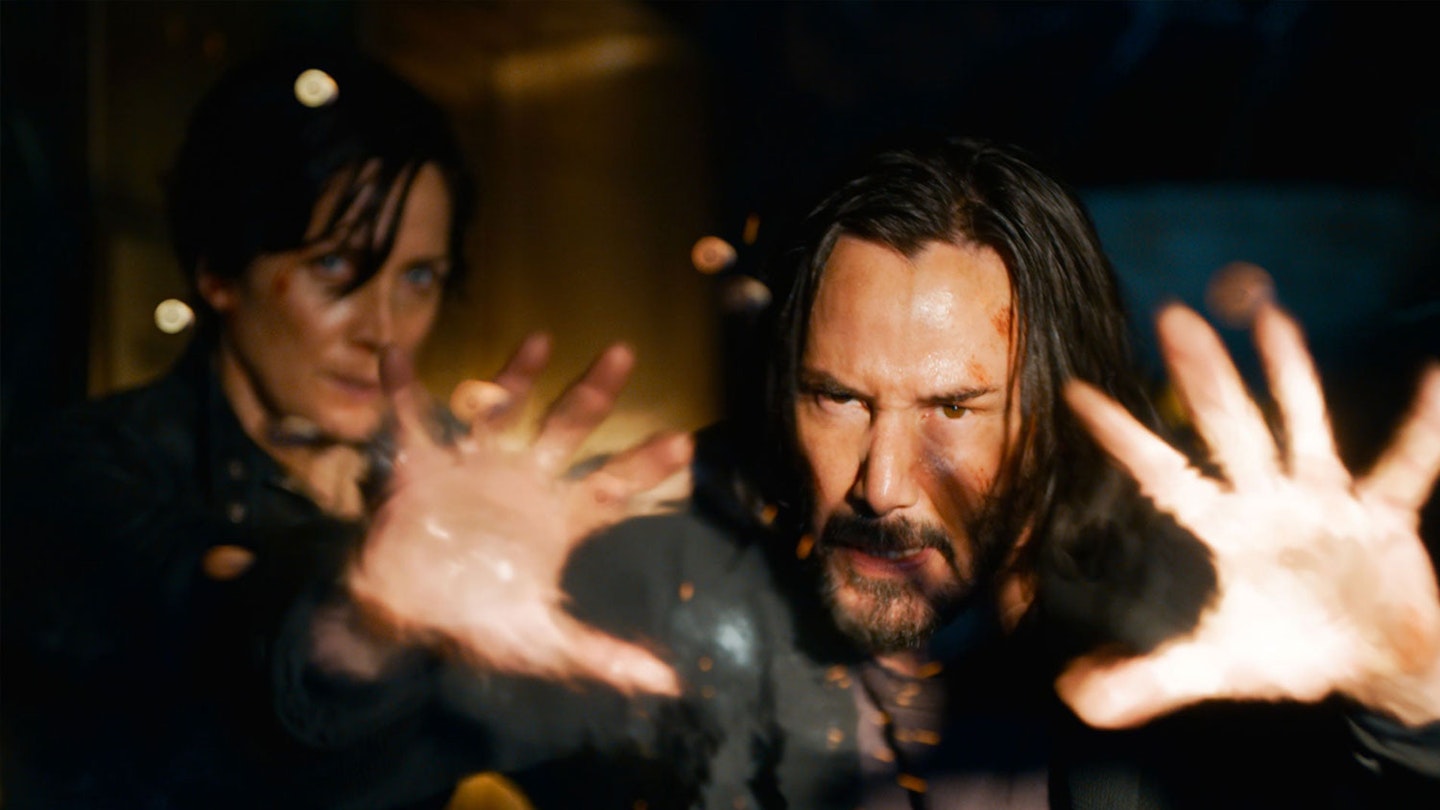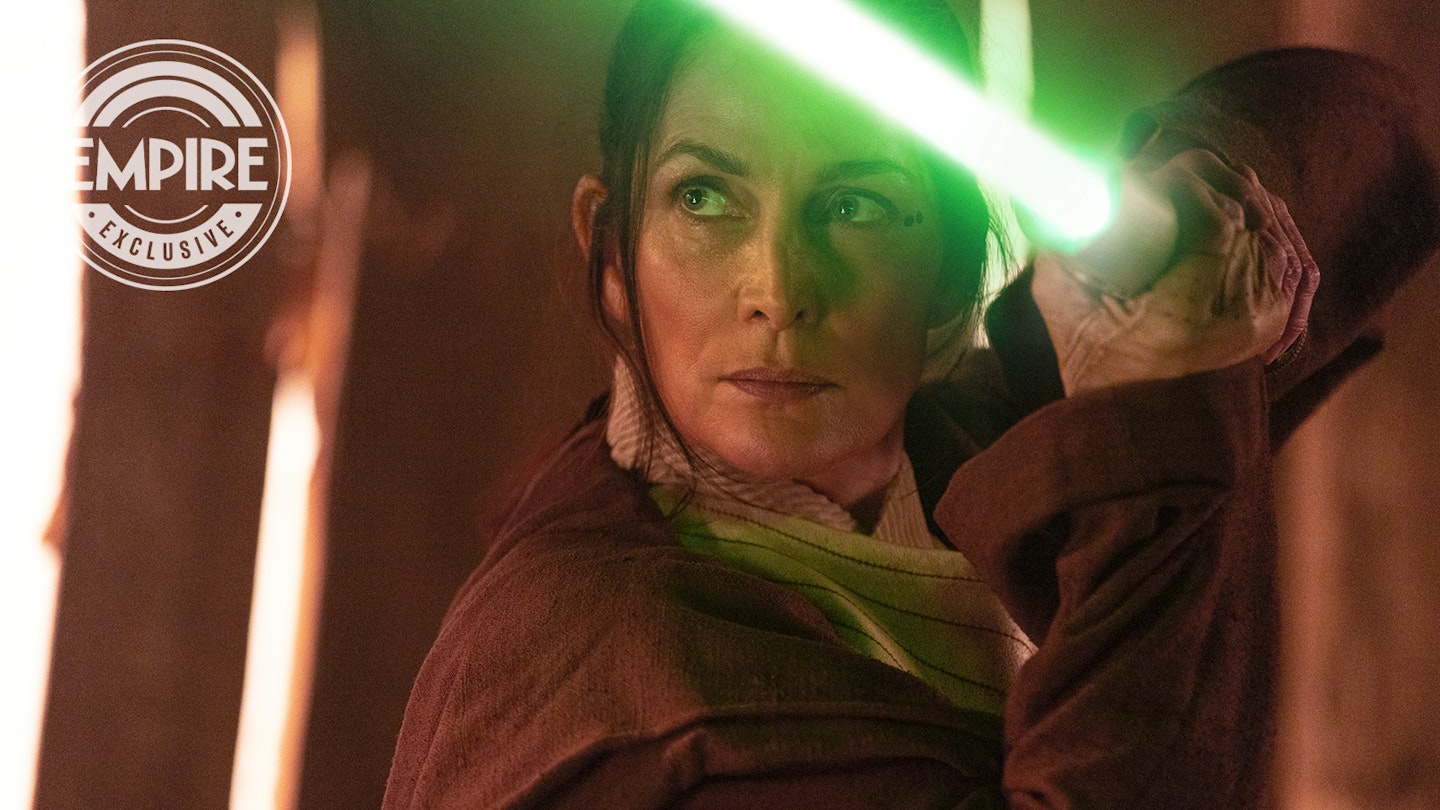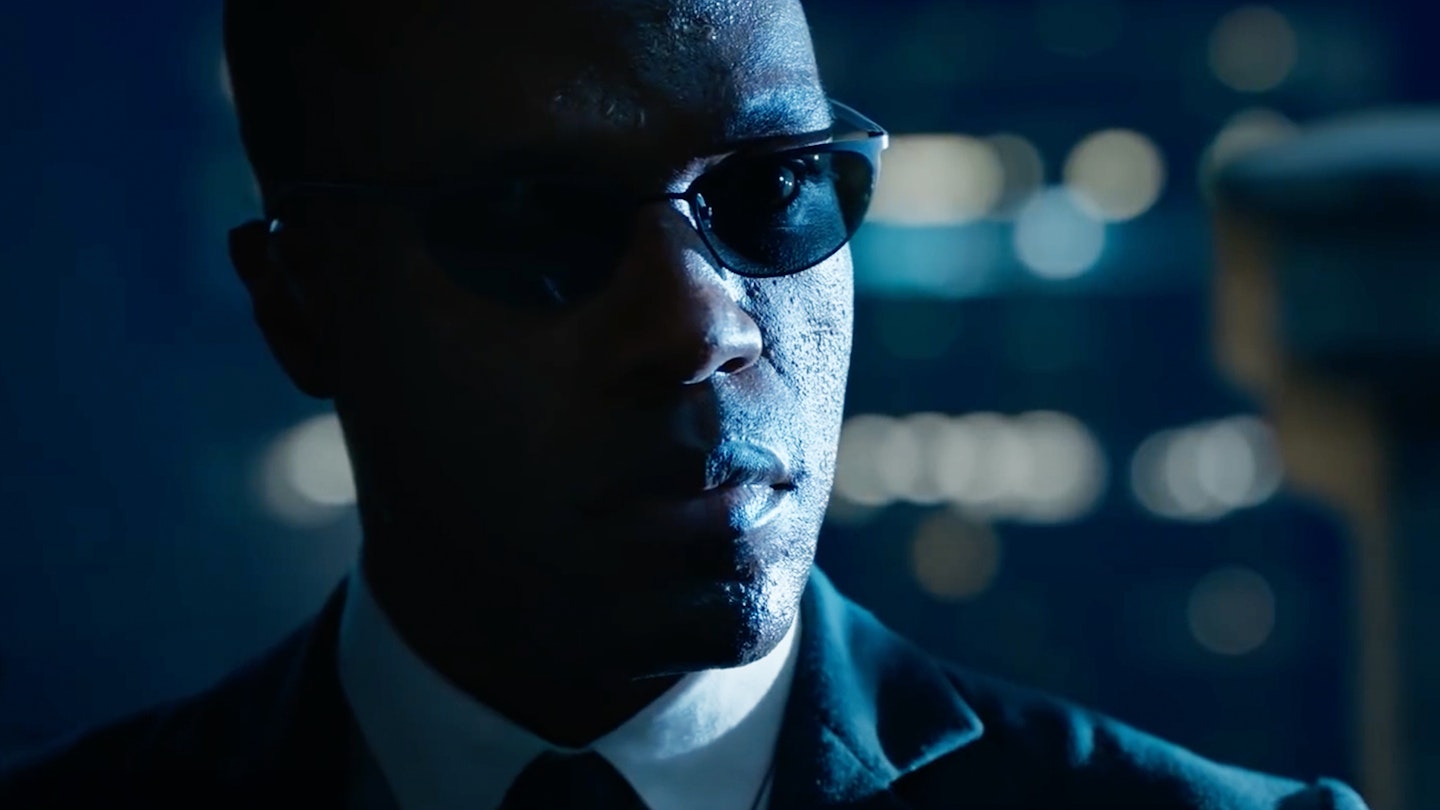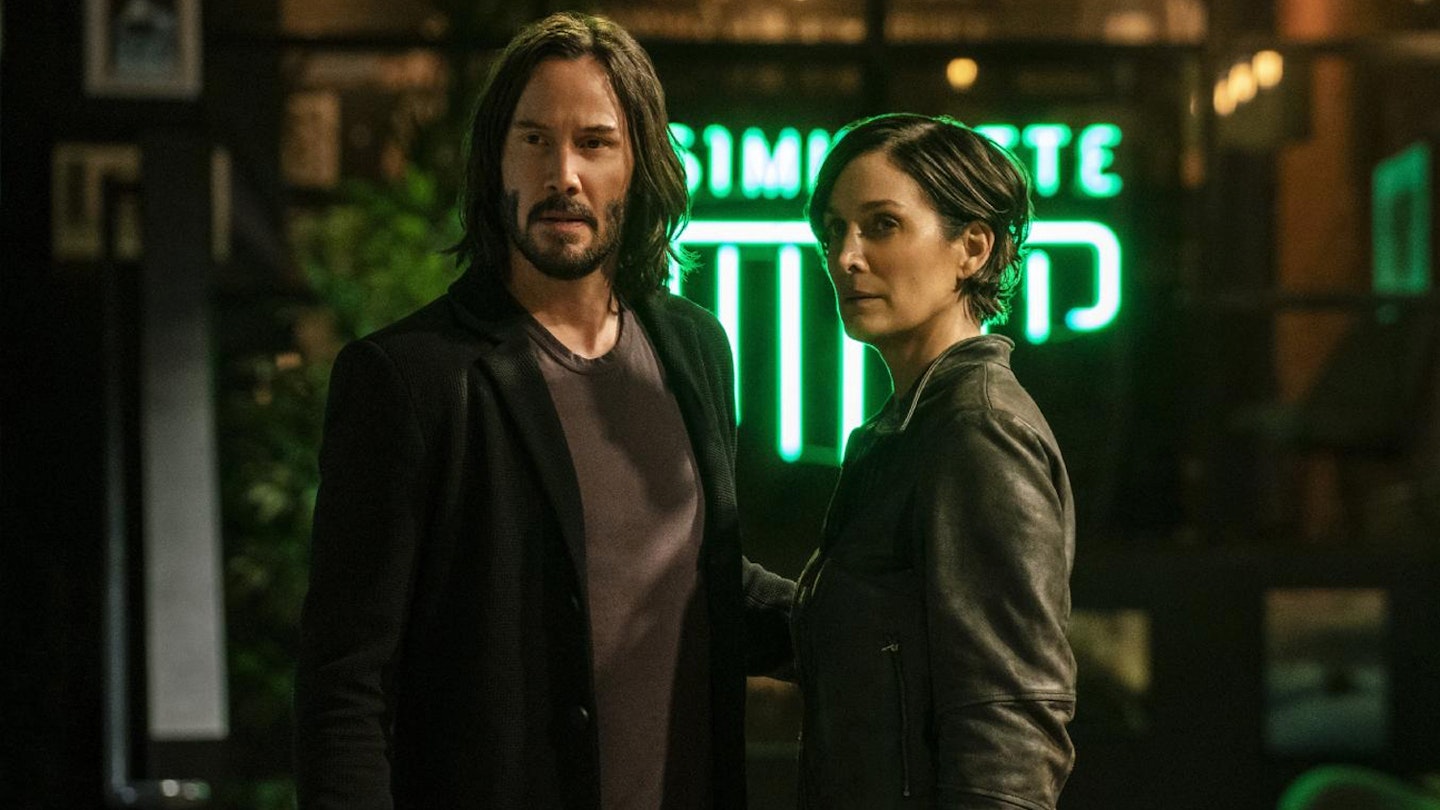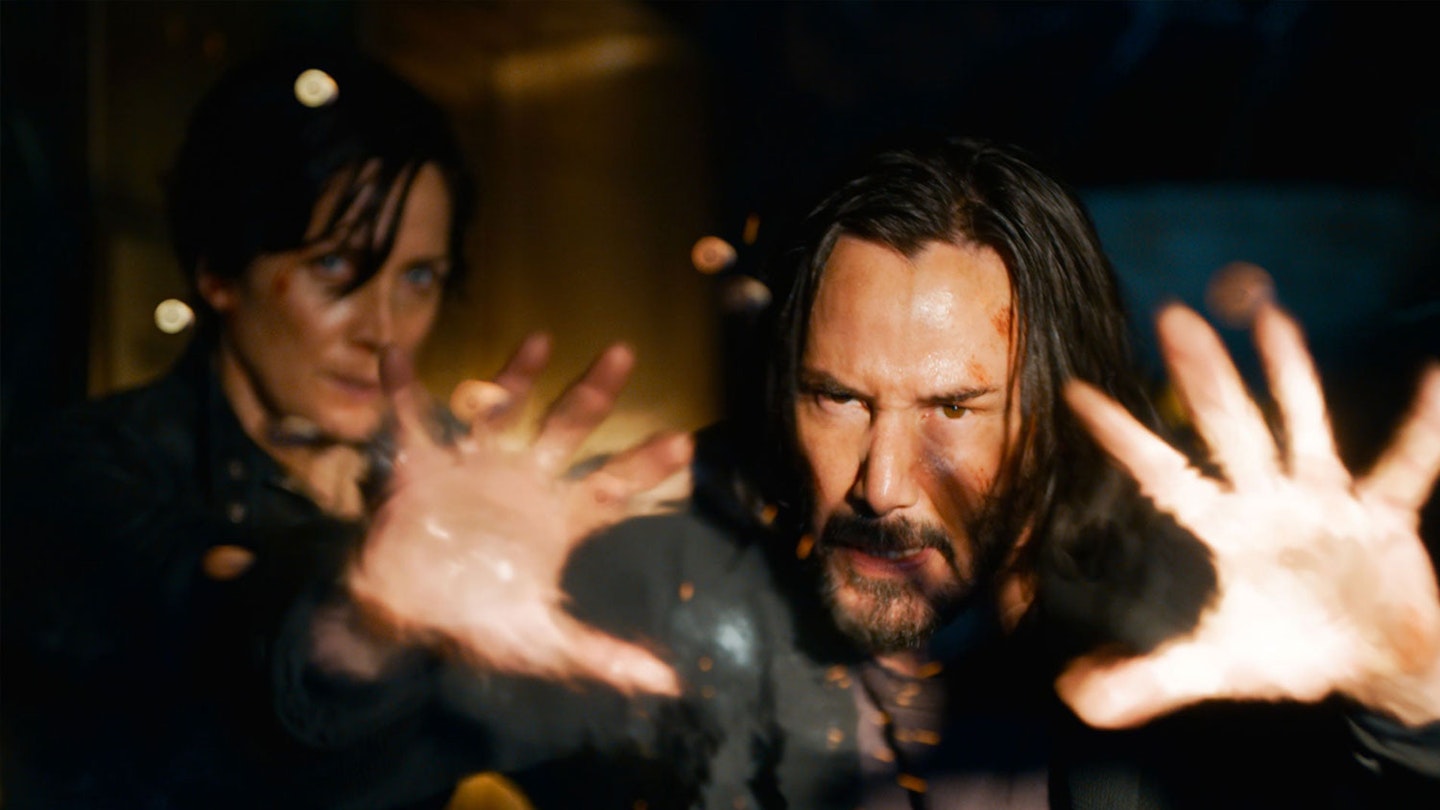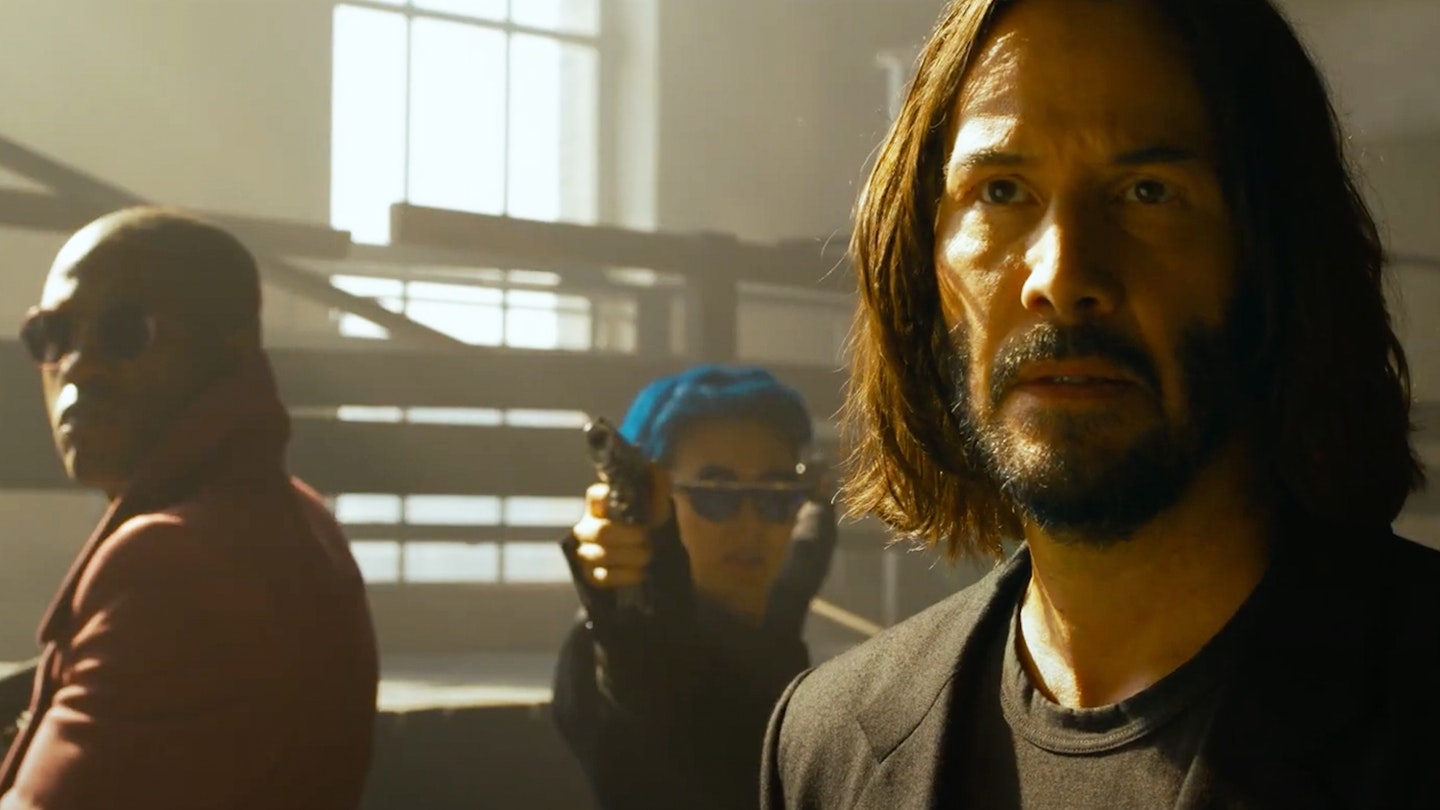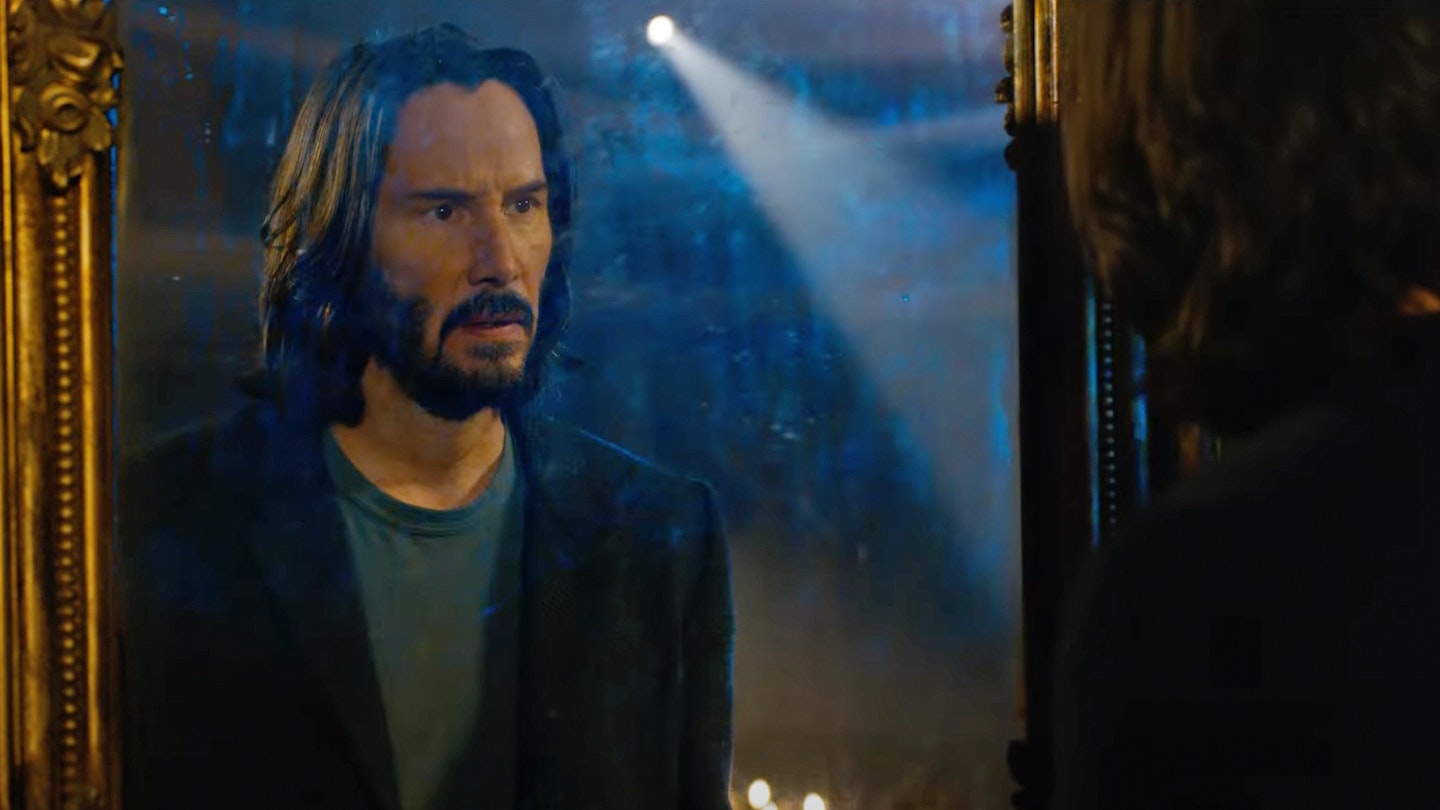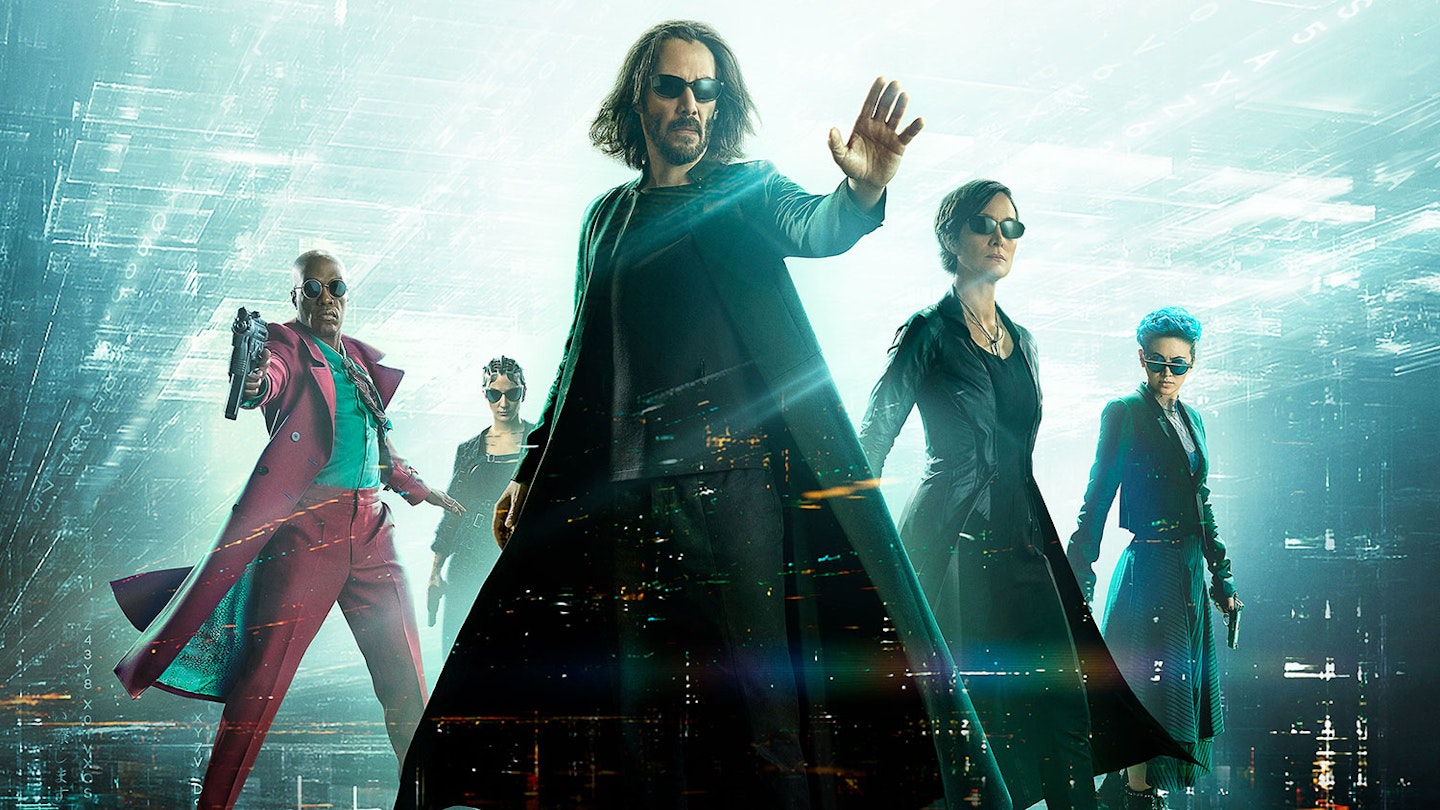The legacy of 1999’s The Matrix endures and evolves. It has been exalted, co-opted, bastardised. With every passing day, the film, directed by Lilly and Lana Wachowski, seems to mean different things to different people, who all claim it as their own. To some it’s merely the groundbreaking, hugely influential, oft-imitated sci-fi action movie that’s rarely been bettered. To some it’s a trans allegory. To some it’s about truth, and reality, and sheeple. “Take the red pill,” tweeted Elon Musk in May 2020. “Taken!”, responded Ivana Trump. “Fuck both of you,” replied Lilly Wachowski. Thank you and goodnight.
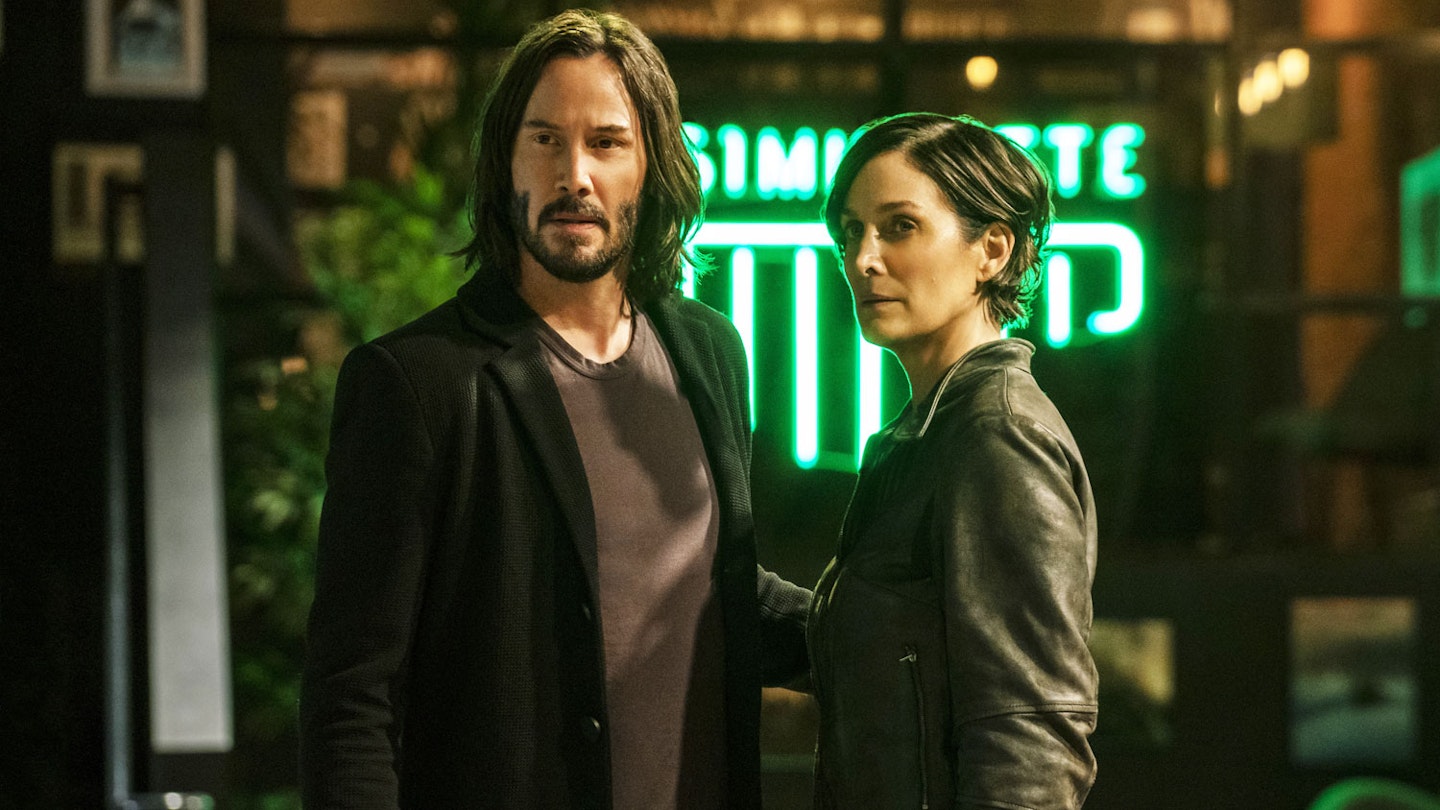
Lilly has sat out the fourth instalment, preferring to move onto other things, so this is a Lana joint. And she has made a film about legacy itself: about Neo and Trinity’s legacy, about Keanu Reeves’ and Carrie-Anne Moss’ legacy, and literally about The Matrix’s legacy. The Matrix — as a piece of intellectual property — is mentioned often in this film, which might easily have been titled ‘The Matrix Rebooted’, if only the Matrix in The Matrix hadn’t already been rebooted in The Matrix Revolutions. Welcome to the metaverse! Take a red pill, or at least a Tango Ice Blast, and strap on your synthetic seatbelt.
It dives into that legacy from the off, as Jessica Henwick’s Resistance leader, Bugs, watches someone who looks like Trinity doing what Trinity did at the beginning of that first film, while characters say the same things other characters said. Bugs — who is in awe of Neo and Trinity, and has studied them for years — has seen this before. She knows what happens. As do we.
if you’re hoping for Resurrections to change the game again you might want to temper your expectations.
In San Francisco we are reacquainted with Thomas Anderson (Reeves), now a video-game designer who wrote a trilogy of games called ‘The Matrix’ and who has Matrix action figures on his desk (literally Carrie-Anne Moss’ Trinity, guns blazing). A colleague does a Keanu/Neo impersonation: “Lots of guns.” We are shown clips from ‘The Matrix’ game, actually clips from The Matrix film. Another colleague laments that “our beloved parent company Warner Bros. is going to make a sequel to the trilogy.” In a coffee shop called Simulatte (nothing is considered too on-the-nose here — it’s a laugh), Thomas meets Tiffany (Moss), who, well, reminds him of someone. Her husband arrives — he’s called Chad, and he’s played by John Wick director Chad Stahelski, who was Reeves’ stunt double on The Matrix. This all happens.
For a good while, The Matrix Resurrections is fabulously batty. It’s cheeky and sly, comprising endless onion-layers (if the onion even exists at all, etc); it’s funny and weird and witty and mad and even, at points, quite moving. Certainly we’ve never seen anything like it, not on this scale, not in a Hollywood blockbuster, not like this.
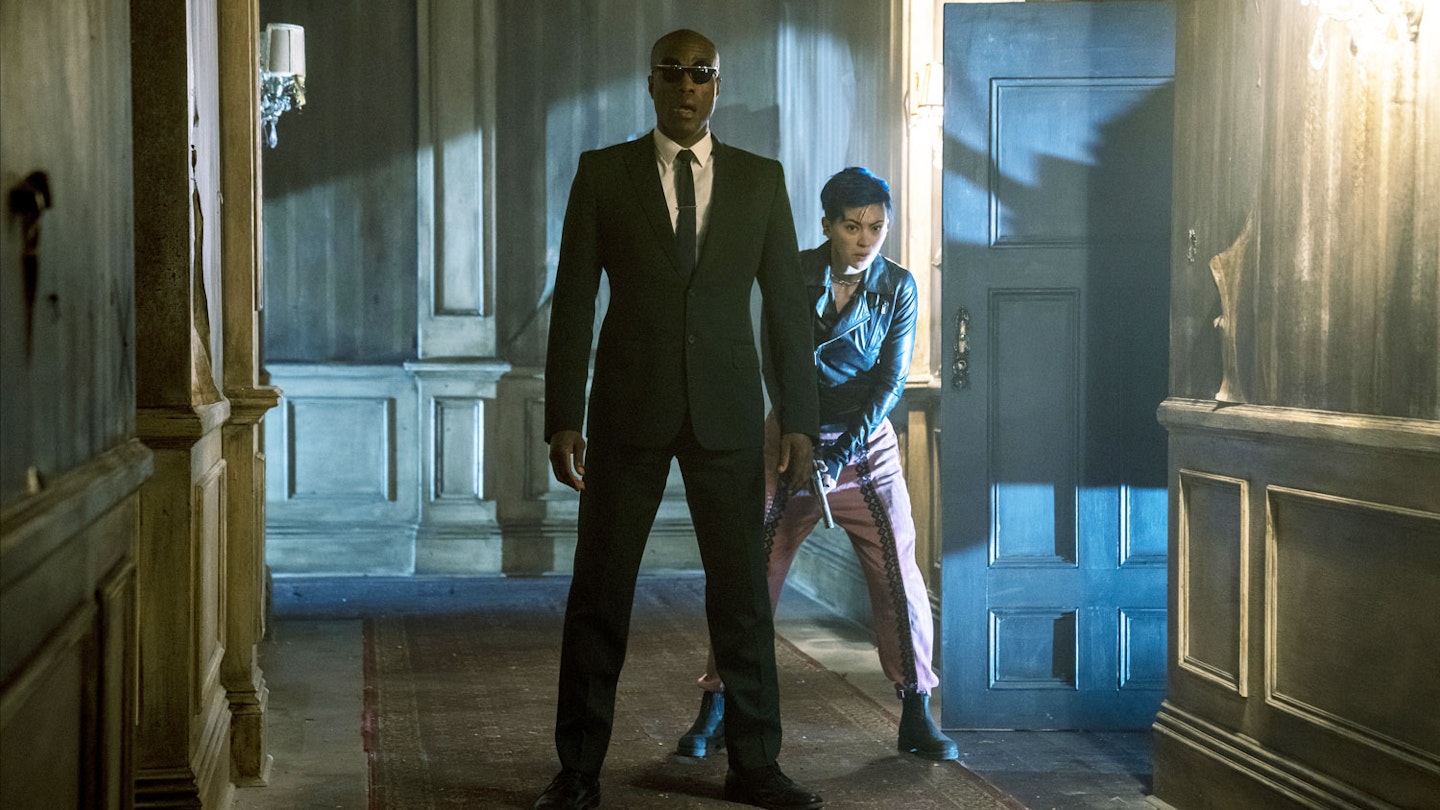
Then the plot kicks in, and, well, so does tradition. It’s quite odd that for all the ribbing, the self-awareness, the playfulness, it gets comfortably generic, for the most part losing that sense of fun. The action scenes are fine — occasionally inspired, mostly familiar; if you’re hoping for Resurrections to change the game again you might want to temper your expectations. Some of the overtly CG stuff, aesthetic throwbacks to the less-beloved sequels, even feel like video-game cutscenes. That is unlikely to be intentionally meta. And, alas, some of the portentousness of those sequels is resurrected too. Which is a shame, when it’s front-loaded with so much delightful tomfoolery. The self-awareness diminishes exponentially.
When asked a few months ago why she wasn’t involved, Lilly Wachowski said that she just wasn’t of a mind to do a retread, to do something she’d done before. Lana felt the opposite. Their parents having just died, she found solace in bringing back to life the other couple — Neo and Trinity — that had meant so much to her. “Nothing comforts anxiety like a little nostalgia,” says the new Morpheus (Yahya Abdul-Mateen II) in Resurrections. And it is cheering seeing Reeves and Moss back at it again. It’s romantic and sentimental and sometimes touching. But it also feels somewhat superficial, and nothing in the film feels like it is of huge consequence: there’s little to hang on to. There is joy here, and a couple of gobsmacking ideas (one of them outstandingly morbid), but it’s a shame that, having set out a brand-new roadmap, Resurrections forgets where it’s going. And reverses.
